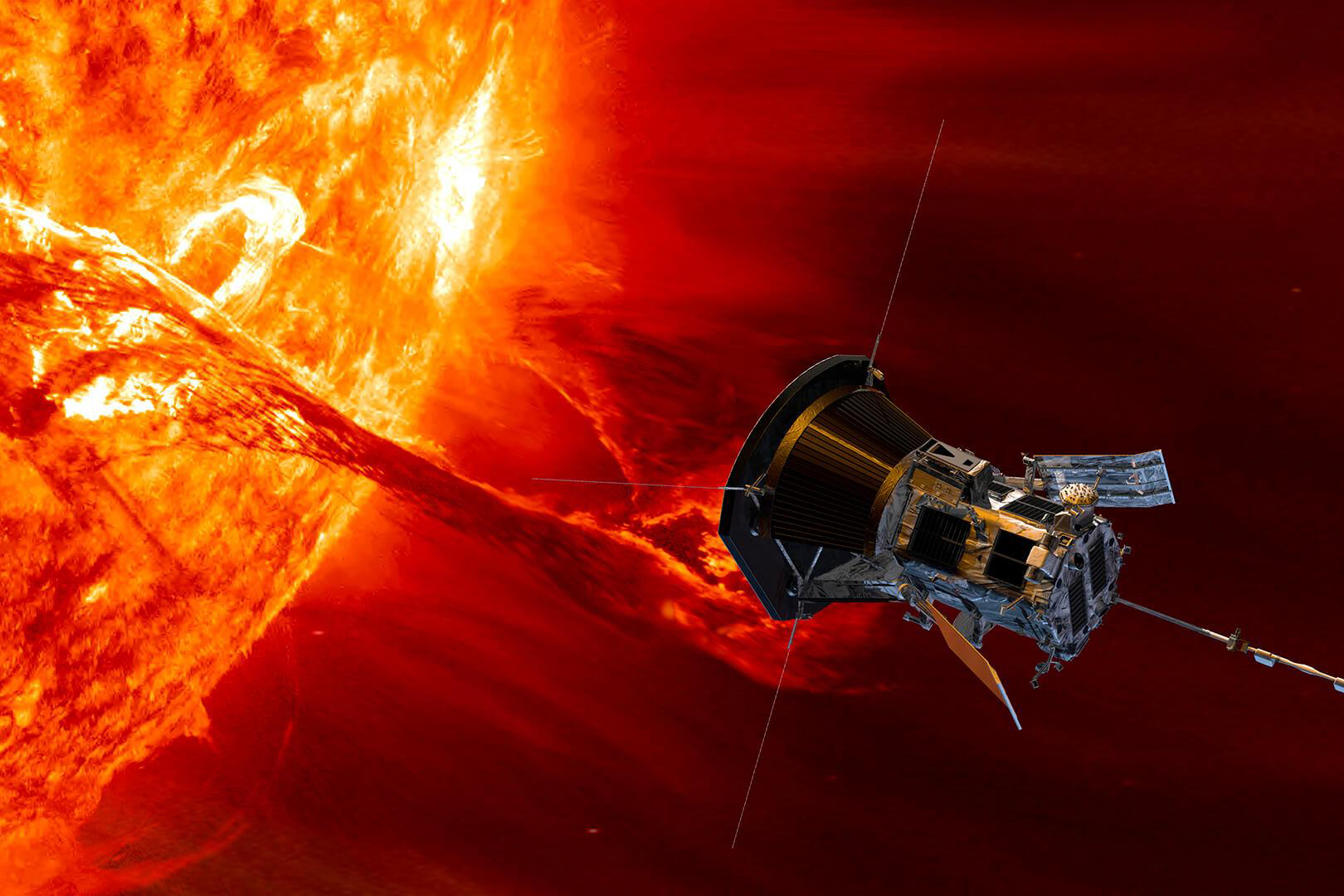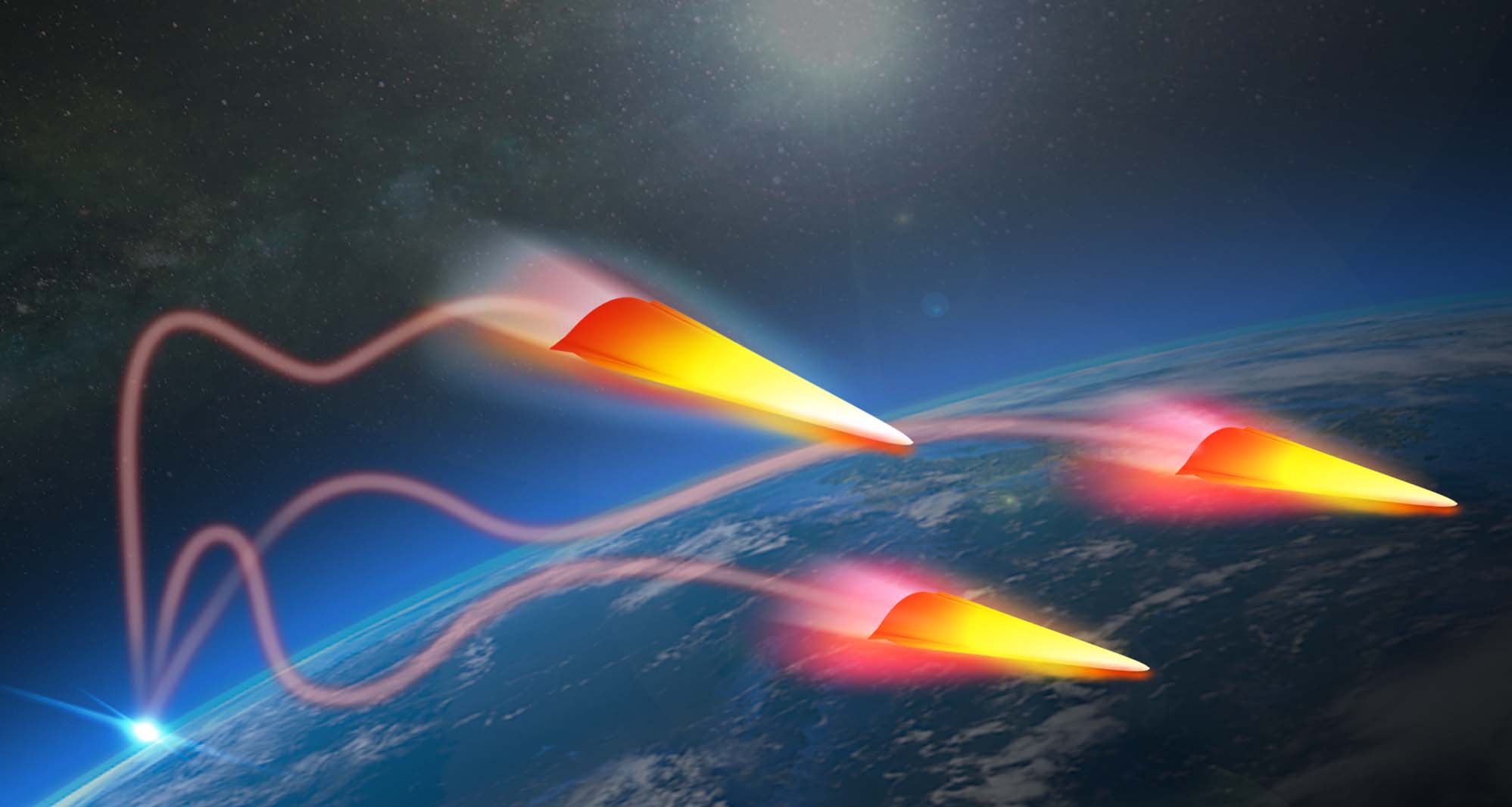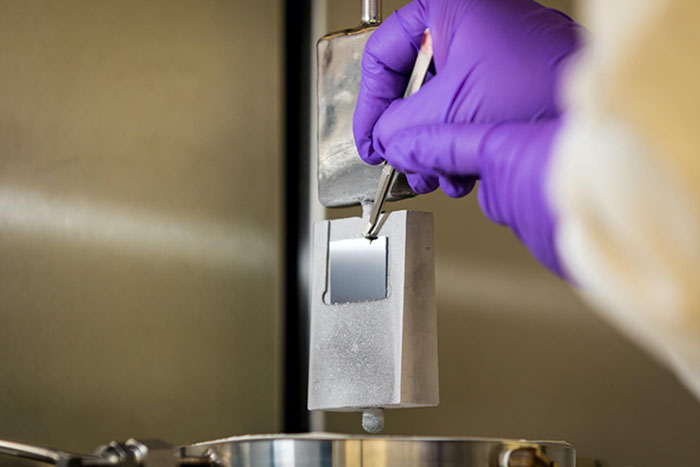Our Contribution
APL researchers are developing coatings that can stand up to the rigors of hypersonic flight in the upper atmosphere. The work—building on decades of experience with hypersonics systems and the development of a custom heat shield coating for the thermal protection system (TPS) on NASA’s Parker Solar Probe—leverages APL’s ability to produce custom materials solutions to solve hard problems that stand between success and failure on real missions. Since 2015, the Lab has been strategically investing internal funding in the development of coatings for the hypersonic environment. The investment, as well as an ongoing partnership with the Office of Naval Research, has yielded capabilities and frameworks that allow the Lab to take coatings development to a level well beyond what was required to produce those for the Parker Solar Probe TPS. APL has developed a state-of-the-art thermal spray facility able to apply a wide range of liquid solutions, liquid suspensions, and solid particulates, such as refractory ceramics. A high-velocity oxygen fuel torch enables rapid testing of tens of samples per day under Mach 2–3 and temperatures exceeding 2,000 degrees Celsius, with the ability to simulate the thermal profiles of flight trajectories of interest. The Lab has also developed a modeling and simulation framework in collaboration with the Materials Architectures and Characterization for Hypersonics (MACH) program at the Defense Advanced Research Projects Agency (DARPA), to evaluate materials survivability in the context of specific hypersonics mission requirements.









